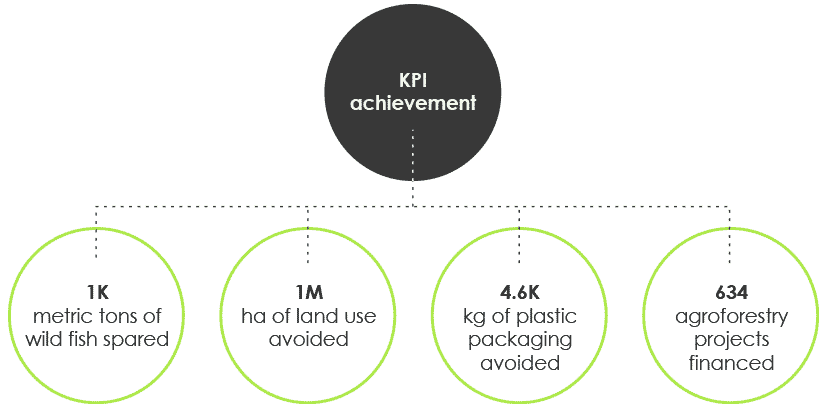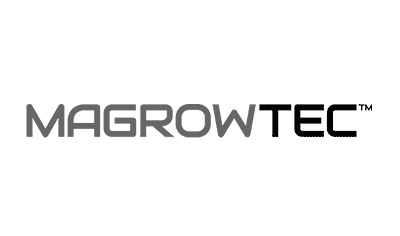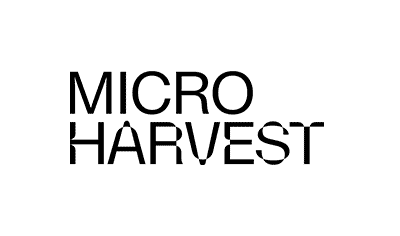Biodiversity
The global food system is the primary driver of biodiversity loss.
Due to widespread land use change, overexploitation of wild species and unsustainable agricultural practices (such as overuse of agricultural inputs), modern agriculture is as a threat to 86% of species at risk of extinction.

Portfolio companies addressing Biodiversity KPI
About
Biodiversity
Half of the world’s GDP depends on healthy ecosystems – they clean our water, purify our air, pollinate our crops, maintain our soil, regulate the climate and carbon cycles, recycle nutrients and provide us with food. Biodiversity is indispensable to food security and makes production systems and livelihoods more resilient to shocks and stresses.
While biodiversity is a fundamental pillar of a healthy agrifood system, the agrifood system is also the primary driver of biodiversity loss. It has contributed to the disruption of entire ecosystems through the exploitative use of sea and land resources and accelerated the global rate of species extinction. Wise land use and competent land stewardship are key to simultaneously protecting biodiversity, regenerating soils and delivering sustainable food supply chains.
While several of the Planetary Boundaries affecting biodiversity have been surpassed, the transformation of the agrifood industry can be part of the solution to reverse this trend. Solutions such as alternatives to soil-based agriculture through vertical farming, reduced chemical fertilizer and pesticide use enabled by regenerative agriculture or the replacement of plastics with sustainable alternatives are key to this transformation.
Planetary
boundaries
5 of the 9 planetary boundaries are directly or indirectly linked to biodiversity: biosphere integrity, land-system change, biogeochemical flows, ocean acidification and novel entities
Below boundary (safe)
In zone of uncertainty (increasing risk)
Beyond zone of uncertainty (high risk)

Source: Stockholm resilience Centre 2023
Our
Focus
Biodiversity is at the core of Astanor’s mission to support companies that have a positive impact on the Earth’s systems, ecosystems and habitats. Given the complexity and evolving state of flux of biodiversity, it cannot presently be captured by one single metric. Instead, the impact of our companies on biodiversity is currently approached through a range of principle-based guidance and related proxy metrics (determined through Life Cycle Analyses, literature review and field trials) that quantify the positive and negative impacts of a business’s products and services on global biodiversity.
While present global biodiversity metrics do not fully capture the complexities and interdependencies of biodiversity, they do provide a very valuable and needed insight. At Astanor, we measure the Biodiversity KPI through the most relevant metrics to the specific enterprise from a condensed set including: reduced land use, quantity of wild species spared, lower use of pesticides and fertilizers, quantity of plastics avoided, eco-toxicity and reduced eutrophication and acidification.









